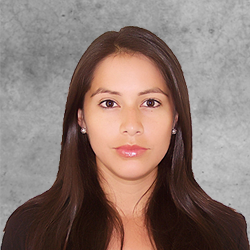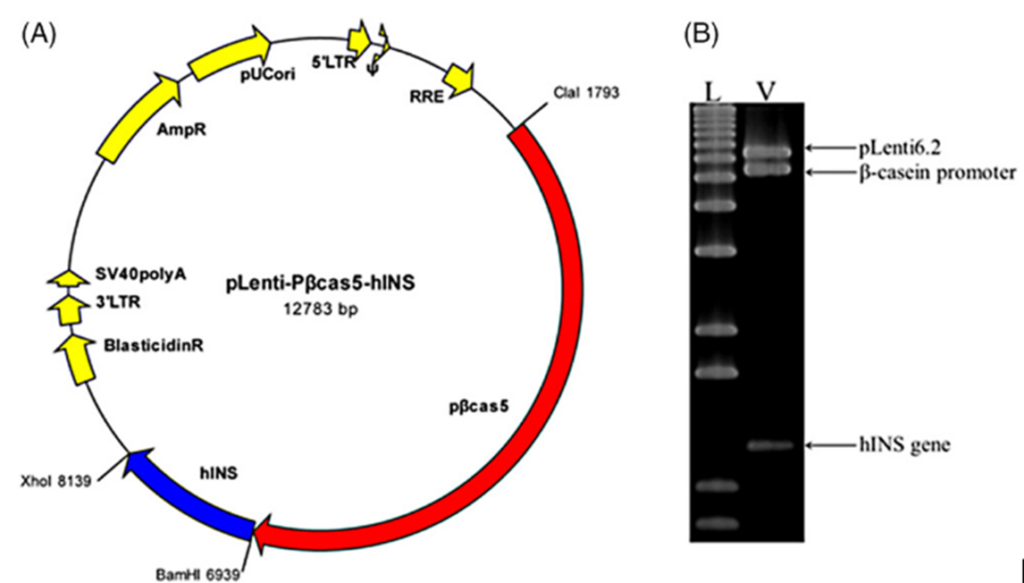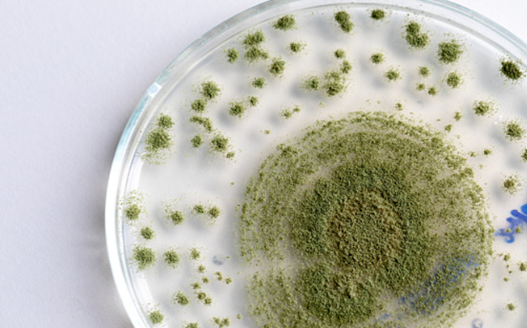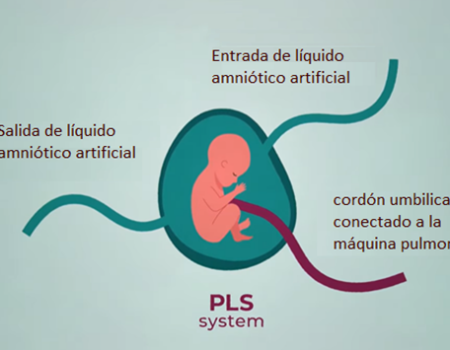
Assistant to the Laboratory of Tissue Engineering and Synthetic Biology
Diabetes 1 is a disease that affects 422 million people worldwide, mostly from developed countries. In Peru, 19,842 cases of diabetes were recorded in 2022, of which 96.5% were type 2 and 1.4% type 1. Type 1 diabetes the pancreas is no longer able to produce insulin , the hormone that regulates blood sugar levels , therefore it is necessary for the patient to be given daily injections of insulin. While people with type 2 diabetes suffer from insulin resistance, their pancreas does produce it, but not enough , if they do not change their diet and lifestyle it may be necessary to use insulin
The price of insulin injections on the market ranges from 70 soles to 132 soles. Some patients need up to 4 injections a day. This insulin comes from Escherichia coli bacteria and recombinant yeasts, which produce between 1, 085 mg /lh and 1.04 mg/lh. This is why there are research groups focused on improving the efficiency of insulin production in various microorganisms.
The research group of Dr Matt Wheeler of the Department of Animal Science of the University of Illinois and collaborators of the University of São Paulo, are the first to genetically modify cow embryos to obtain cows that can produce insulin and proinsulin in milk by inserting a segment of human DNA that encodes for proinsulin

Lentiviral vector diagram constructed for the specific expression of human insulin in the mammary gland and restriction map analysis. (A) Diagram of the built lentiviral vector. (B) The constraint map for the vector, L-ladder 1 kb plus (Life Technologies < Waltham, MA); V- built vector digested with the restriction enzymes BamHI, ClaI and XhoI. The hINS gene fragment was generated by the action of the BamHI and XhoI restriction enzymes, while BamHI and ClaI generated the β-casein promoter fragment, and the ClaI and XhoI enzymes generated the original pLenti6.2-GW/EmGFP vector fragment (7,833 kb). The size of the β-casein promoter used was 5,335 kb and the human proinsulin gene fragment was 1,193 kb. Credit: Biotechnology Journal (2024)
Of the 10 embryos implanted only 1 of them generated a brown calf. When it reached sexual maturity attempts were made to impregnate it through artificial insemination and natural assemblage without any result.The team of researchers chose to simulate lactation using hormones. Milk production was lower than in a normal breastfeeding period.
Insulin and proinsulin were expressed in a few grams per liter. Although it cannot be determined to date how much insulin can be produced during normal lactation, researchers estimate that 1g of insulin will be produced per liter of milk. This approximate amount gives hope to researchers given that a holstein cow produces on average 40 liters of milk per day.
Although the implementation of infrastructure for the optimal development and rearing of transgenic cows, as well as the creation of a system to collect and purify insulin in milk, is necessary, the future of this research looks promising. Its success could mean a significant improvement in insulin production, which could eventually translate into a more affordable price for the final consumer.

References :
- ¿Cuál es la diferencia entre la diabetes 1 y 2? | Inicio. (s. f.). Access Community Health Network (ACCESS) https://www.achn.net/es/acerca-de-access/que-hay-de-nuevo/recursos-para-salud/cual-es-la-diferencia-entre-la-diabetes-1-y-2/#:~:text=Las%20personas%20con%20diabetes%20tipo,alimentaci%C3%B3n%20saludable%20y%20siendo%20activas.
- CDC Perú: El 96,5% de la población diagnosticada con diabetes tiene diabetes tipo 2. CDC MINSA. https://www.dge.gob.pe/portalnuevo/informativo/prensa/cdc-peru-el-965-de-la-poblacion-diagnosticada-con-diabetes-tiene-diabetes-tipo-2/#:~:text=El%20Centro%20Nacional%20de%20Epidemiolog%C3%ADa,seg%C3%BAn%20el%20sistema%20de%20vigilancia
- Baeshen, N. A., Baeshen, M. N., Sheikh, A., Bora, R. S., Ahmed, M. A., Ramadan, H. A. I., Saini, K. S., & Redwan, E. M. (2014). Cell factories for insulin production. Microbial Cell Factories, 13(1). https://doi.org/10.1186/s12934-014-0141-0.
- X, S. (2024, 13 marzo). Proof-of-concept study shows how human insulin can be produced in cow’s milk. https://phys.org/. https://phys.org/news/2024-03-proof-concept-human-insulin-cow.html




